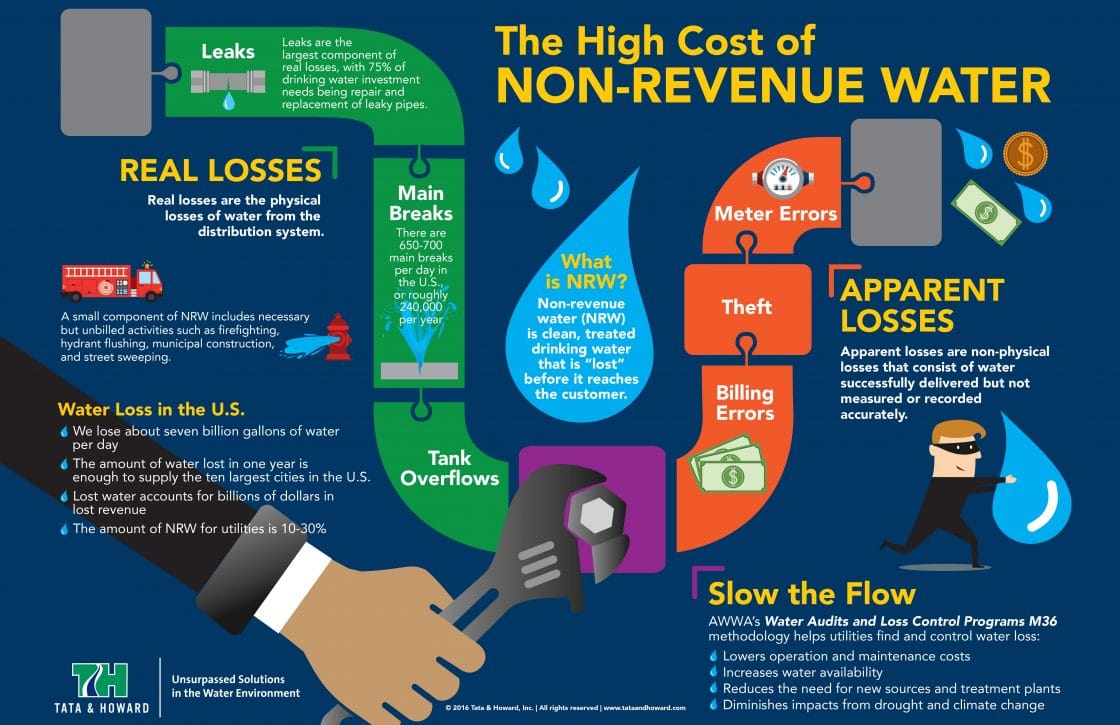Examining The Financial Aspects Of Solar Power Installment: Is It A Worthwhile Investment?
Examining The Financial Aspects Of Solar Power Installment: Is It A Worthwhile Investment?
Blog Article
Posted By-Oliver Larsen
When taking into consideration the costs of solar installation, you may question the upfront financial investment called for and whether it lines up with the potential long-lasting benefits. Understanding the complexities of these expenditures and the numerous variables affecting the overall return can shed light on the value suggestion of transitioning to solar power. By evaluating both the initial arrangement expenses and the projected savings in time, you can acquire insight into whether the financial investment in solar installation holds pledge for your monetary future.
Preliminary Setup Expenses
When taking into consideration the prices of solar installment, the initial arrangement costs play a crucial role in your decision-making process. These ahead of time expenses consist of the price of photovoltaic panels, inverters, mounting devices, and installment labor.
The cost of solar panels can vary relying on the brand, effectiveness, and dimension you select. Inverters are vital for transforming the sun's energy into functional power and can be found in various types such as string inverters, microinverters, and power optimizers, each with its own cost effects.
Installing devices, such as shelfs and rails, is needed to securely mount solar panels on your roof covering or property.
The setup labor expense covers the professional setup of the planetary system, making sure that every little thing is set up appropriately and effectively. Keep in mind that while these preliminary setup costs may seem high, there are often refunds, tax obligation motivations, and funding alternatives readily available to assist offset the prices and make solar installation a lot more cost effective in the future.
Long-Term Savings Analysis
To comprehend the financial benefits of solar setup in time, it's essential to conduct an extensive long-lasting financial savings evaluation. While the preliminary arrangement expenses of photovoltaic panels may appear challenging, the long-lasting cost savings can surpass these prices significantly. By using the power of the sun to create electrical energy for your home, you can potentially save countless bucks on your utility expenses over the life-span of your planetary system.
One of the essential factors to take into consideration in a long-term financial savings evaluation is the decrease in your electrical power bills. With photovoltaic panels, you can generate your power, minimizing and even eliminating your reliance on the grid. This can result in considerable cost savings, particularly as utility prices remain to climb.
Furthermore, lots of governments supply rewards such as tax credit ratings and refunds for mounting photovoltaic panels, better enhancing your long-lasting savings. By capitalizing on these motivations and maximizing your solar power production, you can enjoy substantial monetary benefits for many years to come.
Return on Investment Calculation
Taking into consideration the economic advantages of solar installation, it's time to assess the Roi (ROI) calculation. Figuring out https://600-watt-solar-panel43108.actoblog.com/30867230/separate-reality-from-fiction-and-uncover-the-reality-of-solar-power-to-make-wise-educated-options-that-satisfy-your-household-s-special-energy-demands involves comparing the complete costs of mounting a planetary system with the financial benefits it generates over its life-span.
To compute ROI, split the internet make money from the system by the total financial investment expense and multiply by 100 to get a percent. The ROI formula is: (Web Earnings/ Total Amount Investment Cost) x 100.
As an example, if the overall expense of setting up a solar system is $20,000, and over its lifespan, it produces savings and revenues completing $30,000, the net profit would be $10,000. Dividing why not find out more by the total financial investment price of $20,000 gives a proportion of 0.5. Increasing this by 100 supplies an ROI of 50%.
Normally, a higher ROI indicates a much more economically rewarding investment. Aspects like federal government incentives, upkeep prices, and energy rate fluctuations can affect the ROI of solar installations. Recognizing the ROI helps in evaluating whether purchasing solar energy is worth it over time.
Final thought
In conclusion, understanding the costs of solar installation is critical for identifying if it deserves the financial investment. By thinking about first arrangement costs, carrying out a lasting cost savings analysis, and computing the roi, you can make an educated choice concerning the financial worth of solar energy. With the potential for lowered utility costs and raised energy freedom, purchasing solar installation can be a clever selection for both your wallet and the environment.
